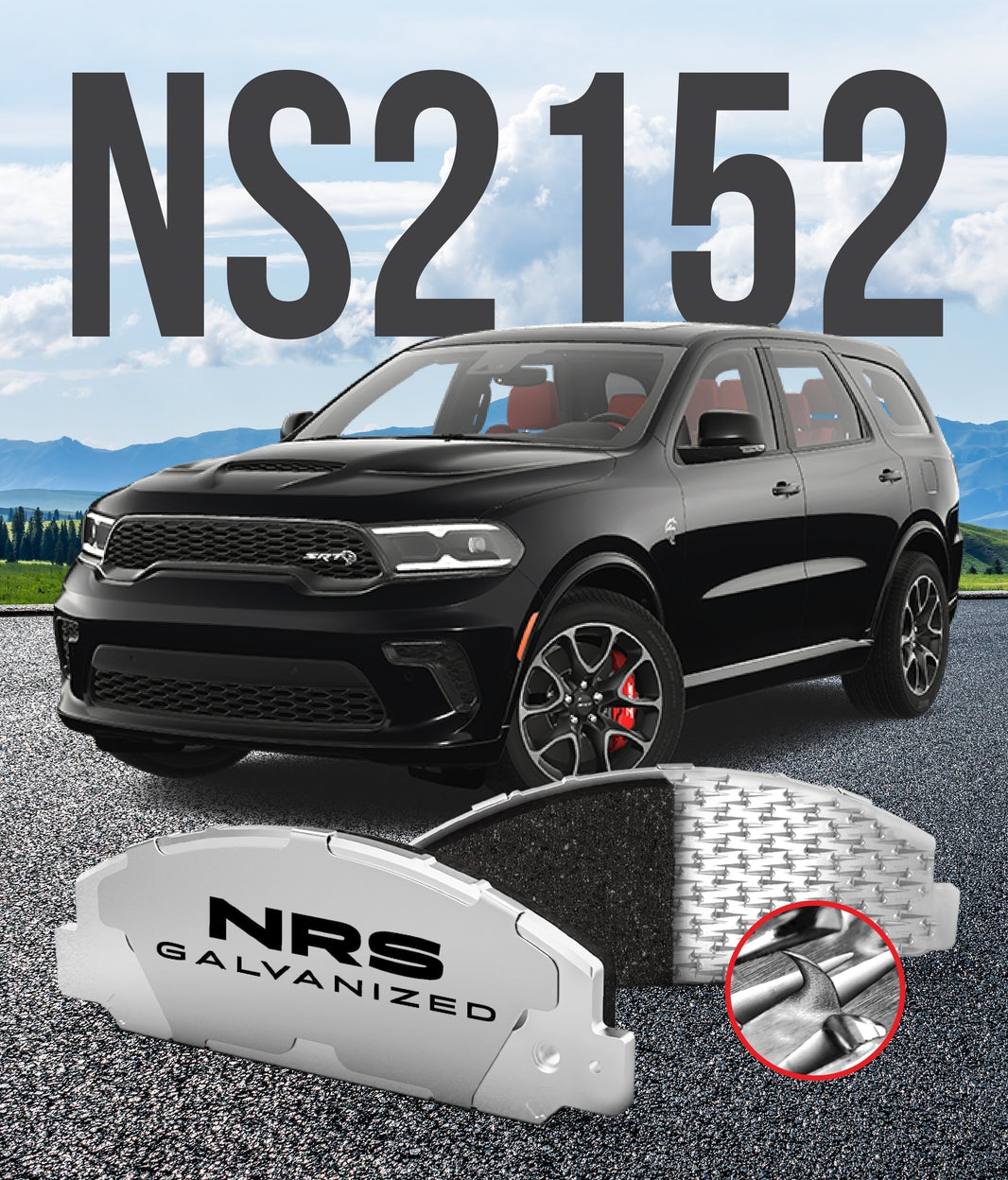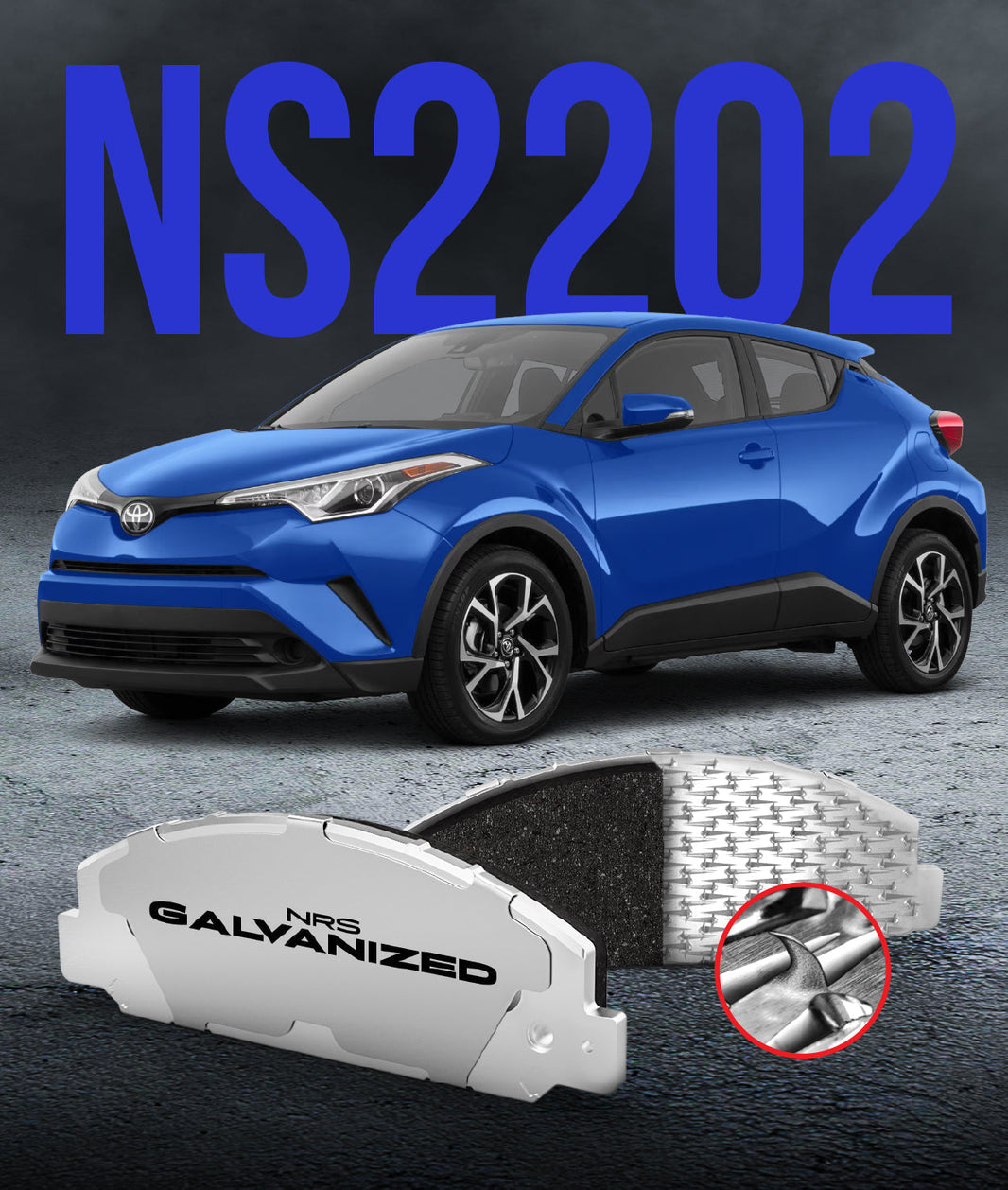Regenerative braking entered the electric vehicle market as a potential game changer. At first, the technology was limited, but the innovation spoke for itself. The concept of regaining kinetic energy from the vehicle when slowing and transferring that to the main battery is brilliant. Many imagined that it would mean EV ranges would double or triple, and that the need to charge a vehicle would be greatly reduced. While that hasn’t happened as of yet, the technology continues to advance.
The Evolution of Regenerative Braking
The earliest regenerative braking systems used the brake pedals to activate them which some drivers complained about because there was an impact on how effective the brakes were. Oftentimes, it resulted in regular brakes taking longer to decelerate. However, over time it evolved into a single-pedal system where the driver simply has to remove their foot from the accelerator pedal in order for regenerative braking to activate.
Furthermore, some models have introduced adjustable regenerative braking settings, allowing drivers to choose how powerful they want the regen braking effect to be. A car such as the Hyundai Kona Electric, for example, uses a scale of 0 to 3 where level 0 means no regenerative braking and 3 means it is at the strongest. When set to 0, removing your foot from the accelerator simply means you are coasting. When set to 3, it initiates a fairly strong braking effect.
These different systems have given rise to different methods that people use to get the most out of their regenerative braking systems. We will take a closer look at these in the next sections.
Intelligent Regenerative Braking Strategy - Fixed Settings
According to most user feedback, the best way to ensure you get the most out of your regen braking system is to keep it active and use it especially when the car is in “Eco” mode or whatever equivalent system your particular car make and model uses. If your car has adjustable settings, it means keeping it in its highest rating at all times without changing it.
Essentially, what you are doing here is pushing out at both ends of the spectrum. On the one hand, your car being in Eco mode means that it is already using less power and draining less from the battery, and the regen braking being set at the strongest setting means the maximum amount of energy is being recaptured and sent back to the battery.
This is a straightforward approach and according to many EV users works well, but it is not the only option that you have. Read on to see how you can also do better when you learn to adjust the settings as you go.
Intelligent Regenerative Braking Strategy - Adjustable Settings
Those who drive EVs with adjustable regenerative braking settings–such as the above-mentioned Hyundai Kona Electric or any Tesla vehicle–have found some interesting strategies to maximize the benefits of regen by learning to adjust the settings as they drive.
One EV user in Canada in a cold climate outlined how he was able to get the most out of his EV. The first thing the Canadian driver is recommending is that when you have ample opportunity to coast, it is best to turn off regen braking (set to regen 0 on the Kona) because coasting remains the most efficient way to move your EV. When coasting is not an option, however, you have to use it in accordance with how you are driving. For instance, a mild slow-down before a burst of speed is best handled by regen 1. Another example, as you approach an intersection you gradually dial up the regenerative braking as you get closer to the stopping point.
Finally, in all cases if you want to get the most out of regenerative braking, you have to allow it to work rather than using hydraulic brakes. This can take some getting used to for new EV drivers, but the more you allow it to work, the more benefit you will draw from it.
Become a brake expert by reading some of our blogs and then visiting our online store.




